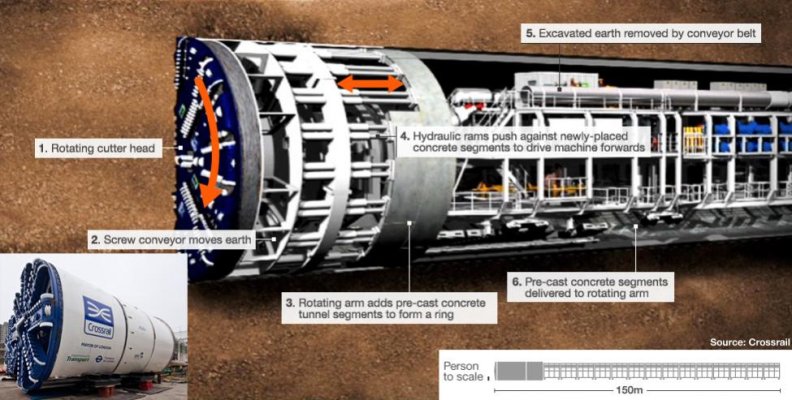1. I reduce speed to minimum safe steerage for the autopilot, do a 360 degree scan to confirm no contacts within 10 minutes of my course, check radar and AIS to confirm no contacts within 10 minutes of my course, and then leave the helm for 1 minute.
I really wasn't speaking to the subject of a one minute trip to the head or to grab a bottle of water or something of that nature. In open waters with no one around I don't consider that the same as going below deck for 15 or 20 minutes or going to sleep. I guess I should have specified.
In the situation of using the head I I would do the exact same as you if other than calm conditions. If calm, I might take it out of gear for that short time.




